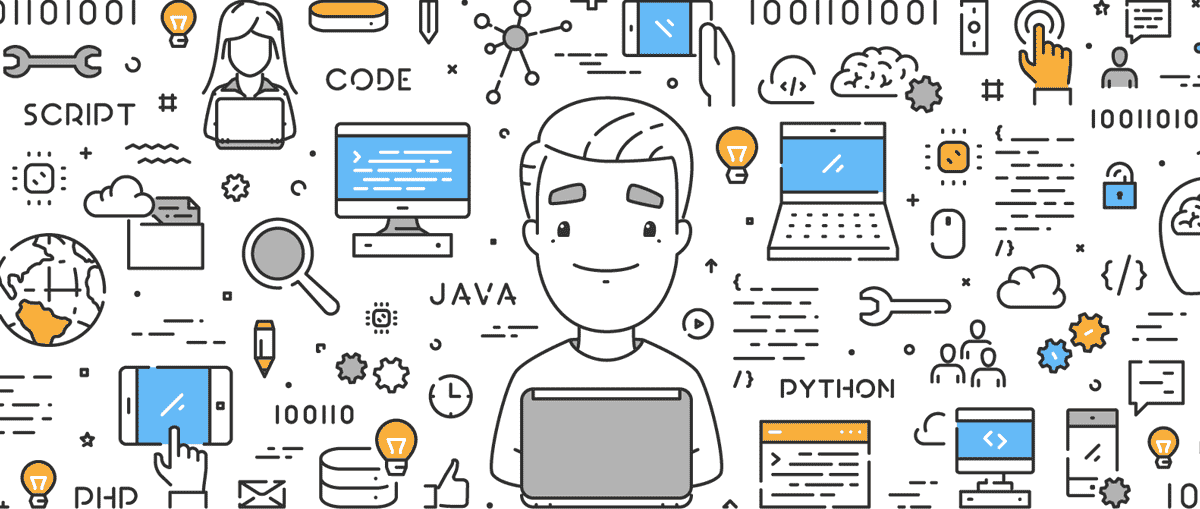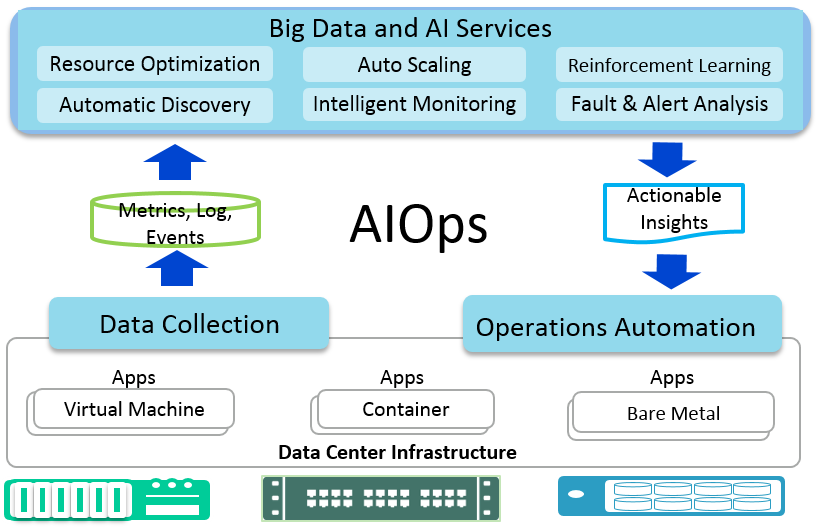What is AIOps

Introduction
In the world of IT operations, manual monitoring and troubleshooting can be a time-consuming and error-prone task. In recent years, the rise of Artificial Intelligence for IT Operations (AIOps) has brought a revolutionary change to the way IT operations are managed. AIOps combines artificial intelligence and machine learning techniques to analyze and automate IT operations. In this blog post, we will discuss the application of AIOps and how it is transforming IT operations.
AIOps, or artificial intelligence for IT operations, is a set of tools and practices that use artificial intelligence (AI) and machine learning (ML) to automate and optimize IT operations. It aims to improve the efficiency, reliability, and performance of IT systems by using data-driven approaches to identify and resolve issues, predict and prevent problems, and optimize resource utilization.
One of the main challenges that AIOps addresses is the increasing complexity of modern IT systems. With the proliferation of cloud computing, microservices, and other technologies, IT environments have become more distributed, dynamic, and interconnected. As a result, it has become more difficult for IT teams to manage these systems effectively, especially when it comes to identifying and resolving issues in a timely manner.
AIOps aims to address this challenge by using data-driven approaches to identify and resolve issues, predict and prevent problems, and optimize resource utilization. It typically involves collecting and analyzing large amounts of data from various sources, including logs, metrics, and traces, and using AI and ML algorithms to identify patterns and correlations that can help to identify and resolve issues.
There are several key components of AIOps, including:
- Data collection and integration: AIOps requires a large amount of data from various sources, including logs, metrics, and traces. This data must be collected and integrated in a way that allows it to be analyzed effectively.
- AI and ML algorithms: AIOps relies on a variety of AI and ML algorithms to analyze and interpret the data, identify patterns and correlations, and make predictions and recommendations.
- Visualization and reporting: AIOps tools typically provide visualization and reporting capabilities to help IT teams understand the data and make informed decisions.
- Automation: AIOps often involves automating various IT processes, such as incident response and resolution, to improve efficiency and reduce the need for manual intervention.
Predictive Analytics with AIOps
AIOps uses predictive analytics to identify potential issues before they become major problems. By analyzing large volumes of data from various sources, AIOps can detect patterns and anomalies and predict potential problems. For instance, if the system detects a gradual increase in CPU usage, AIOps can alert IT operations teams to investigate the issue before it becomes a critical problem. Predictive analytics can help IT teams to proactively resolve issues before they impact the end-users.
Automated Incident Management
One of the most significant applications of AIOps is in automated incident management. With AIOps, machine learning algorithms can automatically detect and diagnose IT incidents, reducing the need for human intervention. By analyzing large volumes of data from various sources, AIOps tools can identify patterns and anomalies that humans might miss. This approach enables IT teams to respond to incidents more quickly, reducing downtime and improving service reliability.
Automation with AIOps
AIOps also automates routine IT operations tasks, such as incident management, problem management, and change management. By automating these tasks, IT teams can focus on more strategic initiatives that drive business value. For example, AIOps can automatically escalate incidents to the relevant teams and suggest possible solutions based on historical data. Automation also reduces the risk of human errors and increases the efficiency of IT operations.
Faster Incident Resolution with AIOps
AIOps can also speed up the incident resolution process by providing real-time insights and automated actions. When an incident occurs, AIOps can quickly identify the root cause and suggest possible solutions. IT teams can then take appropriate actions based on the recommendations. This reduces the mean time to repair (MTTR) and improves the overall user experience.
Intelligent Automation
Intelligent automation is another area where AIOps is making a significant impact. With AIOps, machine learning algorithms can automate repetitive and time-consuming tasks, such as monitoring system performance, identifying security threats, and optimizing resource utilization. By automating these tasks, AIOps tools can free up IT teams to focus on more strategic activities, such as improving service quality and driving innovation.

AIOps can have a significant impact on IT operations, improving efficiency, reliability, and performance. By using data-driven approaches to identify and resolve issues, predict and prevent problems, and optimize resource utilization, AIOps can help IT teams to better meet the needs of their customers and deliver a higher level of service.
Conclusion
AIOps is a game-changer for IT operations, enabling organizations to automate and enhance their IT operations using machine learning algorithms and artificial intelligence techniques. With AIOps, organizations can improve service reliability, reduce downtime, optimize system performance, and free up IT teams to focus on more strategic activities. As the world of IT operations continues to evolve, AIOps will undoubtedly play a critical role in shaping the future of IT operations.
Reference
https://www.ibm.com/cloud/learn/aiopsEnterprise DevOps for Architects: Leverage AIOps and DevSecOps for secure digital transformationEnterprise AIOpsHands-on AIOps: Best Practices Guide to Implementing AIOps